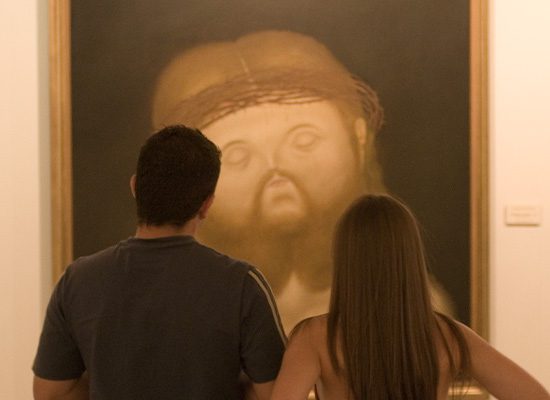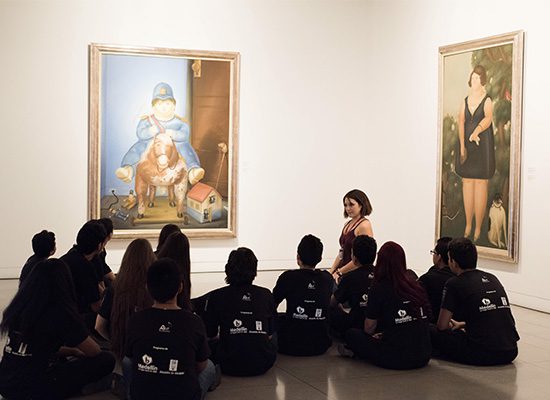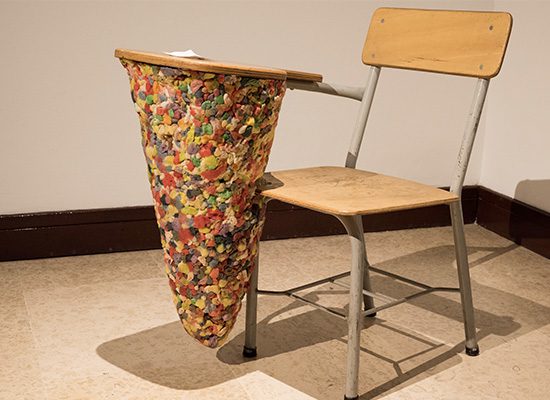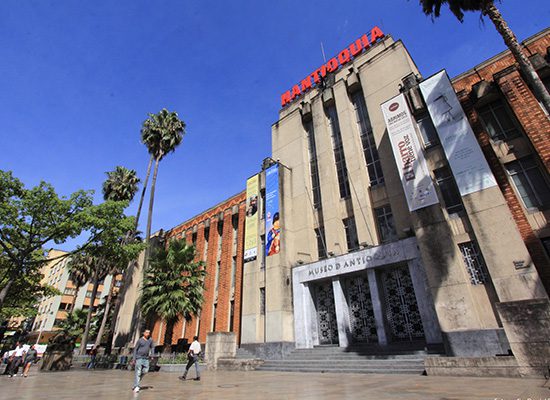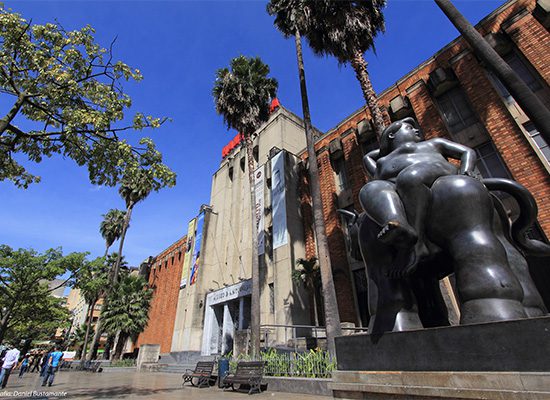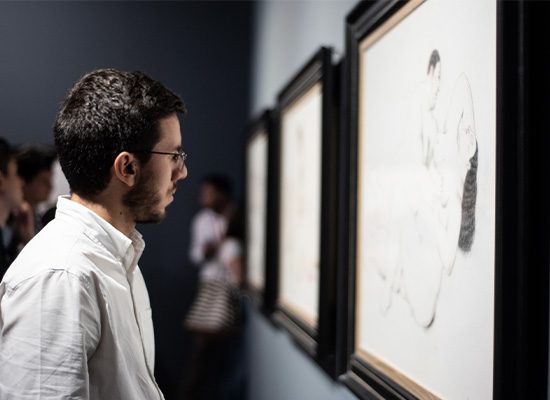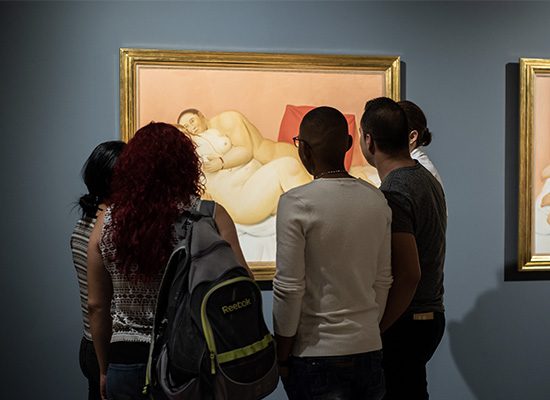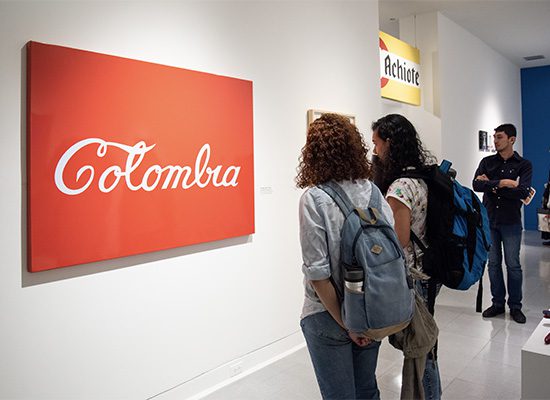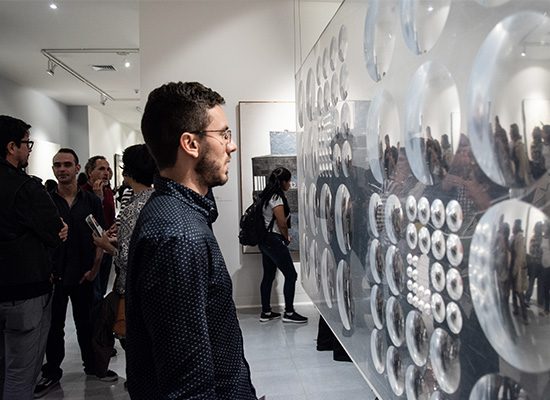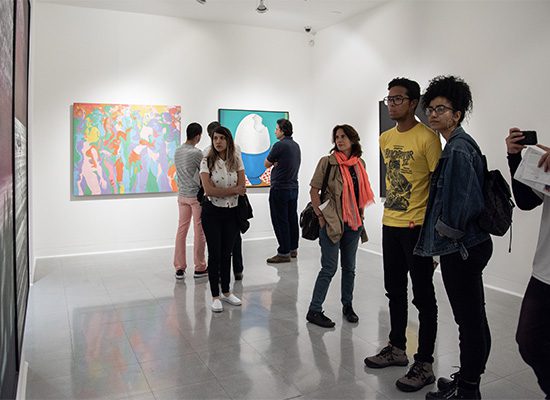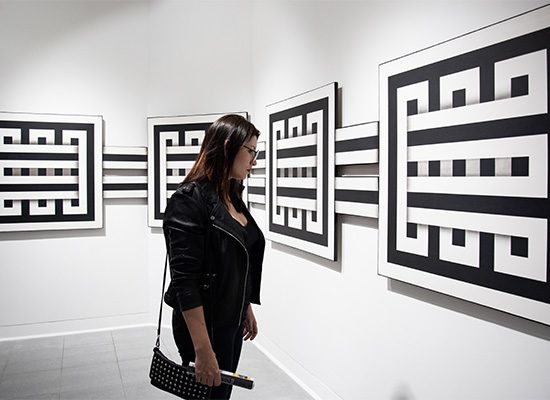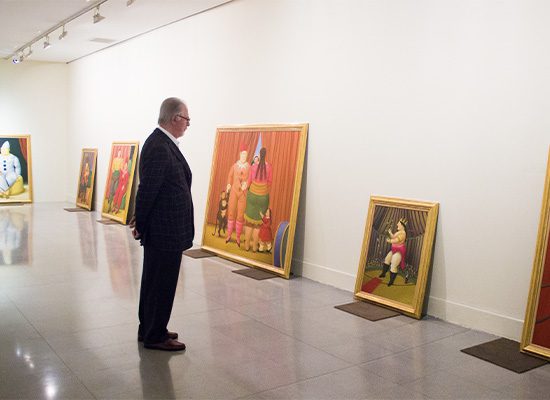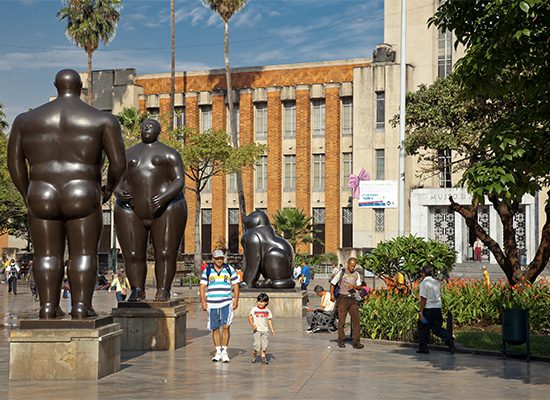Museum of Antioquia
Situated in Medellín’s downtown, the Museum of Antioquia stands as one of the city’s foremost cultural institutions. Its significance extends beyond its collection of works by renowned artists like Fernando Botero and internationally recognized figures such as Picasso. The museum also plays an active role in social and cultural engagement within the region.
Through its ongoing educational and community outreach efforts, the museum serves as a hub for research, conservation, and the promotion of Medellín’s cultural heritage. Notably, its 360 Museum strategy emphasizes social responsibility, giving residents a central role in its activities and contributing to the transformation of public perceptions regarding violence in the city’s downtown.
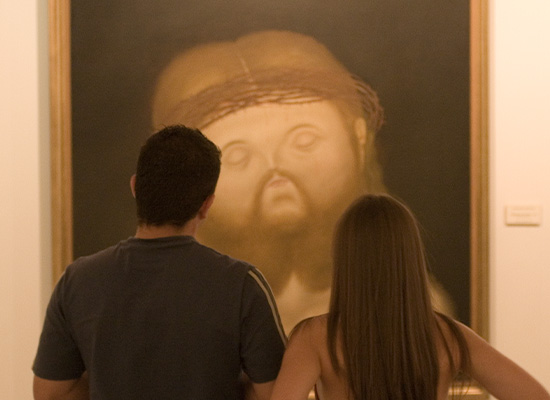
What is the history of the Museum of Antioquia?
The museum’s architecture is another of its major attractions. Originally built as the Municipal Palace of Medellín, it was declared a national architectural heritage site and spans 14,500 square meters. Designed by architect and urban planner Nel Rodríguez, the building is an outstanding example of American Art Deco, often regarded as an architectural masterpiece.
Adjacent to the museum is the Casa del Encuentro, the museum’s former headquarters for over 30 years. Today, this space hosts contemporary art projects, educational programs, and an art-focused library.
The architecture of the Antioquia Museum is one of the most admired in Medellín
The museum’s architecture is another of its major attractions. Originally built as the Municipal Palace of Medellín, it was declared a national architectural heritage site and spans 14,500 square meters. Designed by architect and urban planner Nel Rodríguez, the building is an outstanding example of American Art Deco, often regarded as an architectural masterpiece.
Adjacent to the museum is the Casa del Encuentro, the museum’s former headquarters for over 30 years. Today, this space hosts contemporary art projects, educational programs, and an art-focused library.
What to Do at the Museum of Antioquia
The Museum of Antioquia houses a collection of over 5,000 pieces, including paintings, drawings, sculptures, and texts that represent a broad range of artistic expressions from both the region and the country. It also preserves historical artifacts, such as weapons, personal belongings, documents, ceramics, indigenous goldwork, and textiles.
Among the permanent collections are works by celebrated artists from Antioquia, including Eladio Vélez, Francisco Antonio Cano, Débora Arango, and Pedro Nel Gómez. A particular highlight is a series of 11 murals by Pedro Nel Gómez, which once adorned the Municipal Palace and remain a major draw for visitors today.
The Museum of Antioquia’s Artistic Treasures
The museum boasts the largest collection of works by Fernando Botero, one of the most exhibited living artists in the world. Botero’s distinctive style, known as Boterismo, is characterized by exaggerated volume in both figures and objects. His works explore themes such as religion, family, bullfighting, and notable events like the death of Pablo Escobar, contributing to his global recognition.
The museum’s artistic treasures are spread across 12 exhibition rooms, each offering a unique viewing experience for visitors. Additionally, the museum’s first-floor features stores that sell a variety of souvenirs, local crafts, and replicas of its most notable works.
Throughout the year, the museum hosts temporary exhibitions showcasing local, national, and international artists, providing insight into current artistic trends and the cultural memory of the region. Moreover, the museum offers a robust cultural program, which includes talks, concerts, and workshops. Check the schedule here for upcoming events.
Getting to the Museum of Antioquia
The Museum of Antioquia is located at Carrera 52 # 52-43, near Plaza Botero, the Culture Palace, and the Nutibara Hotel. Here are several ways to reach the museum:
- This is perhaps the most convenient option. Take the metro to Parque Berrío station and from there, it’s just a few minutes’ walk to the museum. Upon exiting the station, you’ll immediately see the Culture Palace, Plaza Botero, and the Museum of Antioquia.
- Private vehicle or taxi. If driving or using a taxi, the museum is accessible via Avenida Cundinamarca.
- You can ride your own bike, rent one, or use a bike from EnCicla, Medellín’s bike-sharing service, which you can access by registering here.
Museum Hours and Admission Fees
- The museum is open Monday through Saturday from 10:00 a.m. to 5:30 p.m., and on Sundays and holidays from 10:00 a.m. to 4:30 p.m.
- Admission is 12,000 COP (approximately 3.17 USD) for Colombian visitors and 18,000 COP (4.75 USD) for international visitors. Residents of Medellín from socioeconomic strata 1, 2, and 3 can enter for free by presenting a utility bill as proof.
Tips for Visitors
- Plan your visit to make the most of your time and consider exploring nearby attractions such as Plaza Botero and the Rafael Uribe Uribe Culture Palace.
- While inside the exhibition rooms, avoid talking on the phone and refrain from using flash photography. Keep a safe distance from the artworks, and don’t touch them unless they’re designated as interactive.
- Be mindful of peak travel times in the city, particularly from Monday to Friday from 3:15 p.m. to 7:15 p.m., when the metro can be crowded and slow.
- Before your visit, check the museum’s website for any updates or closures that may affect your experience.
- Don’t miss the opportunity to browse the museum store, where you’ll find unique souvenirs inspired by the museum’s collections.
- Before you leave, be sure to enjoy a coffee at Laboratorio del Café, located on the right side of the museum exit facing Plaza Botero. The café is known for serving some of the finest coffee in the world.
The Museum of Antioquia is more than just a cultural institution—it’s a symbol of hope and pride for the people of Medellín. Along with Plaza Botero and its famous gordas (as the voluminous sculptures by Botero are affectionately known), the museum is undoubtedly one of the city’s must-see attractions.
